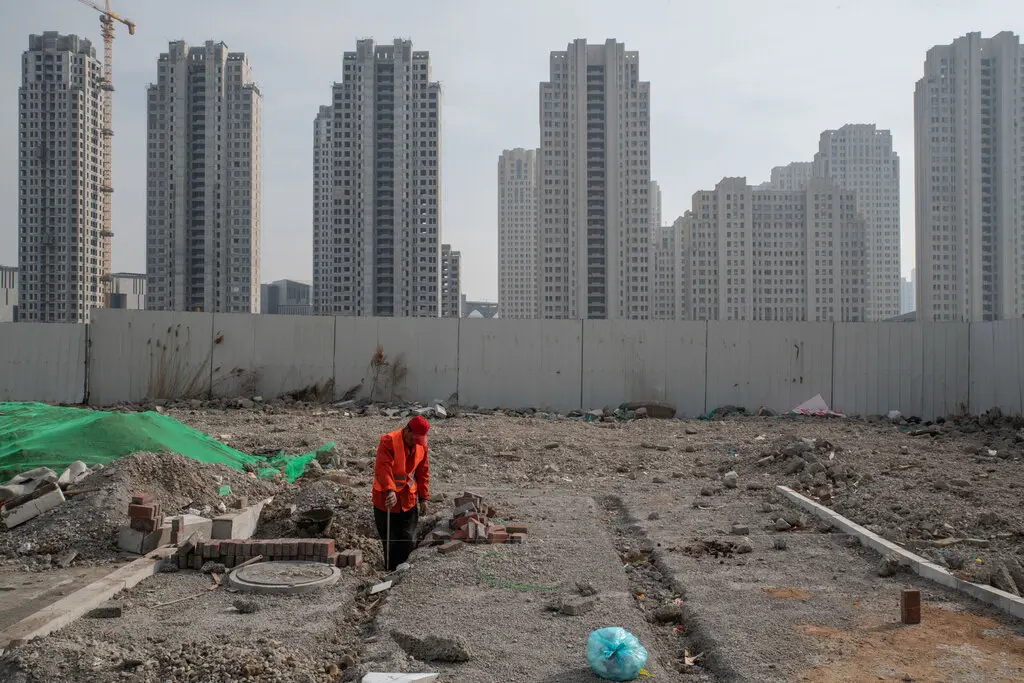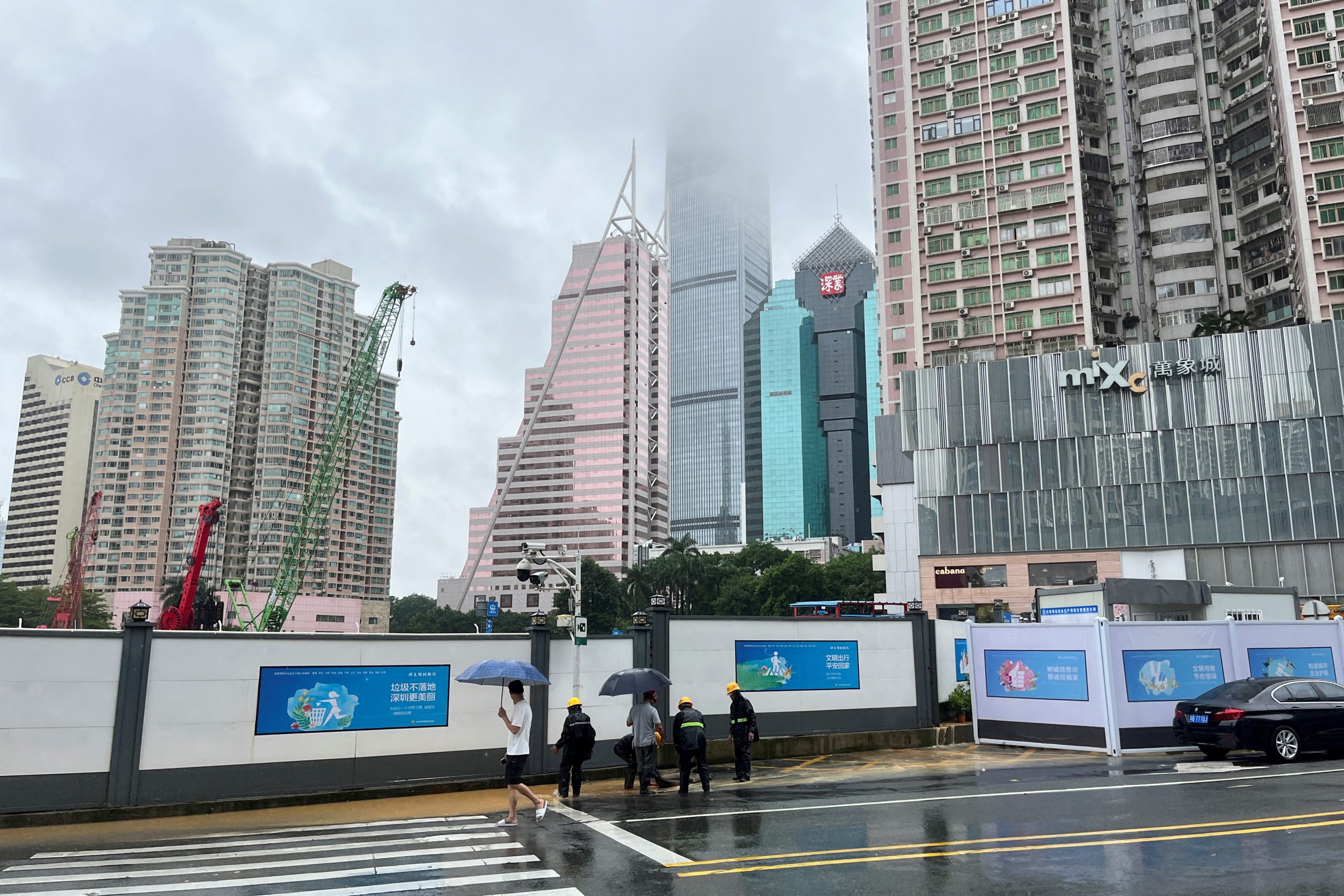A recent study published in the journal Science has revealed a concerning reality: nearly half of China’s major cities are experiencing varying degrees of subsidence, posing significant risks to millions of residents, particularly in the face of rising sea levels.
The study, based on nationwide satellite data, indicates that 45% of urban land in China is sinking at rates exceeding 3 millimeters per year, with 16% experiencing subsidence exceeding 10 mm per year. This phenomenon is attributed not only to declining water tables but also to the immense weight of urban infrastructure.
Research Highlights Dire Consequences for Urban Centers Amidst Land Sinking Crisis

Led by Ao Zurui of the South China Normal University, the research team emphasizes the severity of the situation, noting that even a small portion of subsiding land could pose a substantial threat to urban life, given China’s vast urban population exceeding 900 million.
The economic toll of subsidence is already significant, with annual losses exceeding 7.5 billion yuan ($1.04 billion).
Furthermore, projections suggest that within the next century, nearly a quarter of coastal land in China could be lower than sea levels, exacerbating the risk of flooding for hundreds of millions of people.

The city of Tianjin, with a population exceeding 15 million, emerges as one of the hardest-hit areas. Last year, 3,000 residents were evacuated following a “sudden geological disaster” attributed to water depletion and construction activities.
Additionally, regions with a history of coal mining face heightened risks, with authorities resorting to injecting concrete into collapsing shafts to stabilize the land.
China’s plight is not unique, as a separate study highlights global concerns with approximately 6.3 million square kilometers of land worldwide at risk of subsidence. Jakarta, Indonesia, stands out as particularly vulnerable, with substantial portions of the capital now situated below sea level.

Experts underscore the urgency of addressing subsidence through mitigation strategies and adaptation measures. Lessons from Tokyo’s experience, where groundwater extraction was banned in the 1970s to curb sinking, offer valuable insights.
However, with 44 major coastal cities worldwide grappling with subsidence, including 30 in Asia alone, the challenge of urbanization, population growth, and water extraction remains a pressing global issue.






Leave a Reply